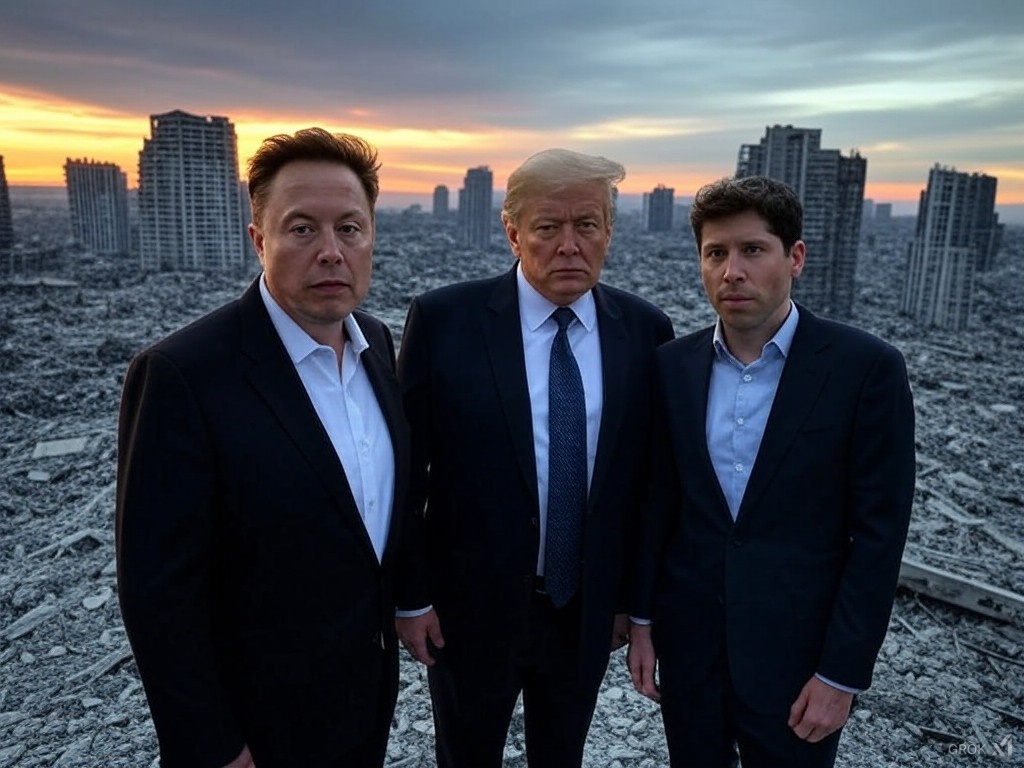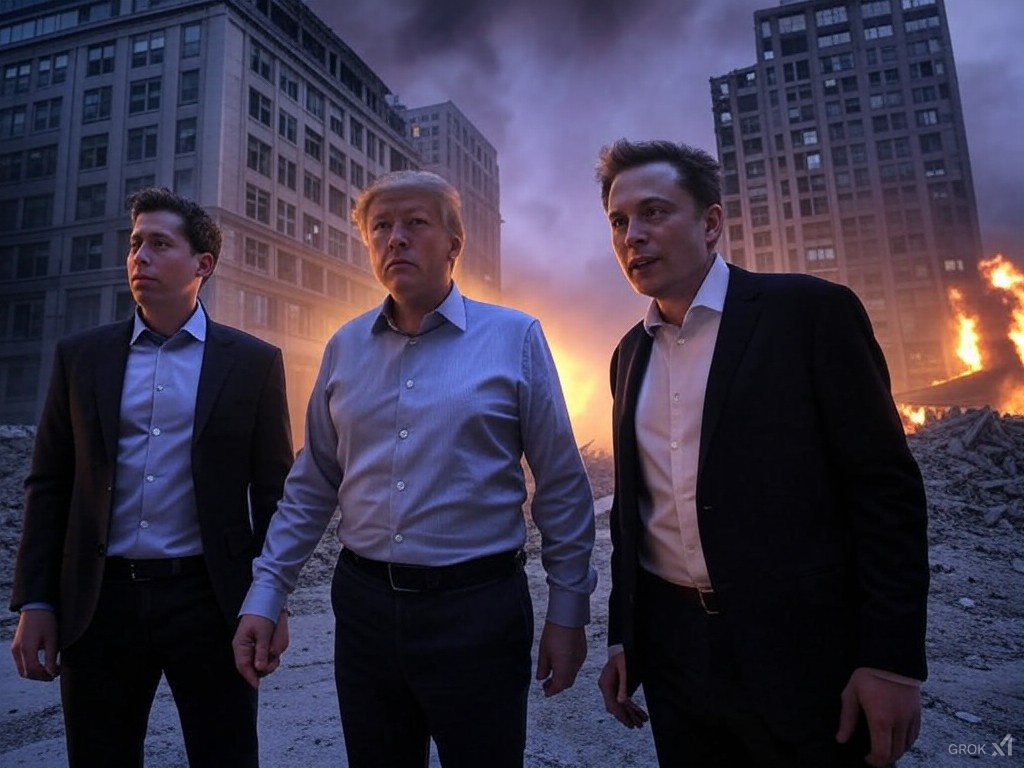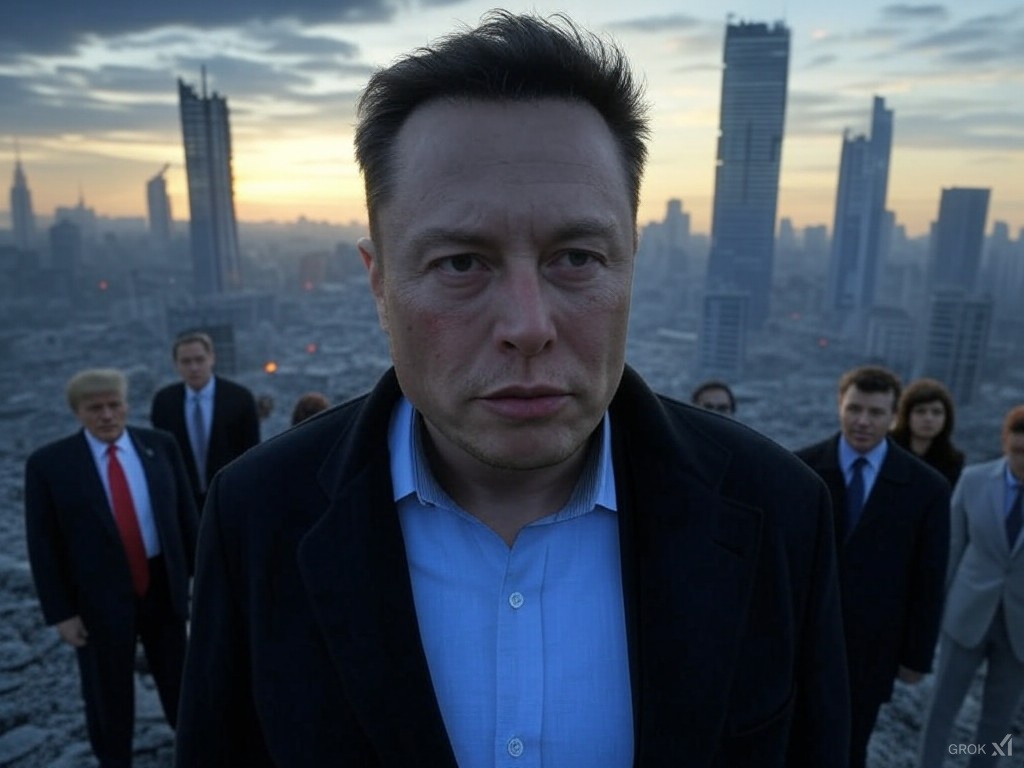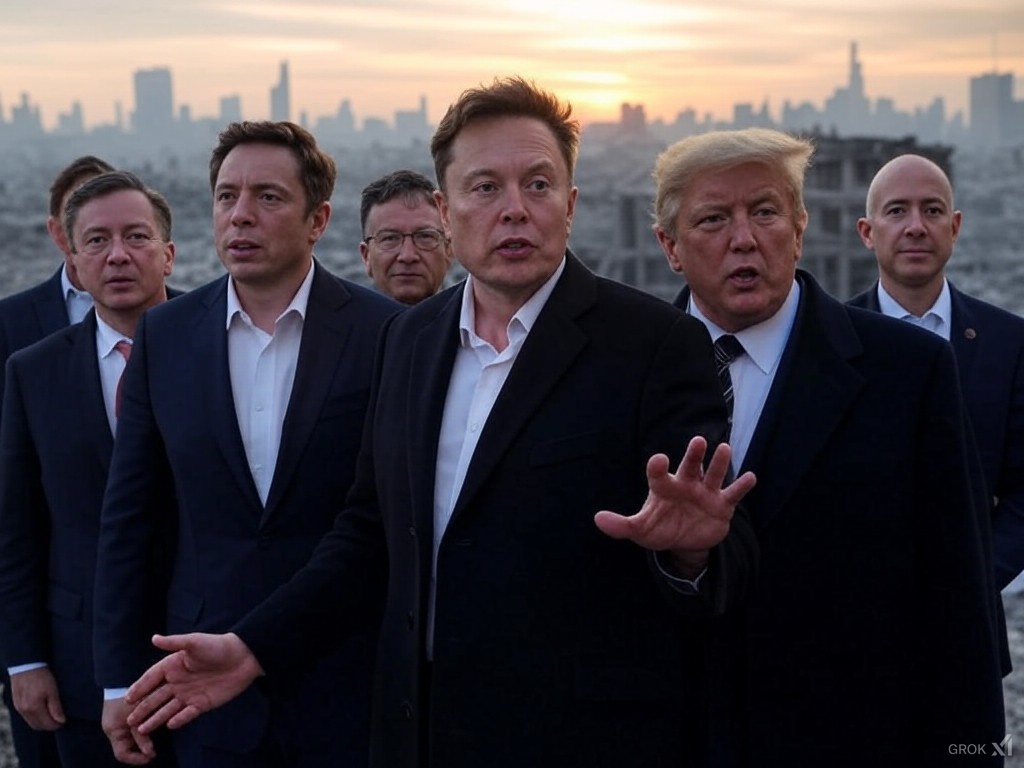The initial wave of enthusiasm surrounding artificial intelligence (AI), particularly generative AI, has shown signs of cooling off, while the costs associated with its development continue to escalate. This phenomenon raises questions about the sustainability and profitability of AI investments in the tech industry.
The Hype Cycle:
 The tech world has long been familiar with the concept of the "hype cycle," a term coined by Gartner, which describes the trajectory of new technologies from initial excitement to disillusionment and eventual productivity.
The tech world has long been familiar with the concept of the "hype cycle," a term coined by Gartner, which describes the trajectory of new technologies from initial excitement to disillusionment and eventual productivity.
AI, especially generative AI which includes large language models like those powering ChatGPT, has followed this pattern.
The excitement peaked with the launch of such technologies, promising to transform every aspect of daily life and business.
However, as the technology has matured, and its practical applications have become more apparent, there's a noticeable shift in public and investor sentiment.
Rising Costs:
Despite the waning hype, the financial commitment to AI from big tech companies like Microsoft, Alphabet, Meta, and Amazon remains undeterred. These giants are pouring vast amounts into AI infrastructure, particularly data centers equipped with the latest in GPU technology required for training and running AI models.
The costs are staggering, with investments in the billions, aimed at securing a foothold in what is still seen as the future of computing. Yet, this spending spree comes at a time when the return on investment (ROI) is becoming increasingly questionable.
The operational costs alone, from training models to maintaining them, have proven to be significantly higher than anticipated, with some estimates suggesting a 10x or more increase compared to traditional AI systems.
Trump's Latest Executive Orders on AI Investments:
 In a significant move, President Donald Trump announced the creation of a $500 billion AI project named "Stargate," funded by a consortium including OpenAI, Oracle, and SoftBank, aimed at enhancing AI infrastructure within the United States.
In a significant move, President Donald Trump announced the creation of a $500 billion AI project named "Stargate," funded by a consortium including OpenAI, Oracle, and SoftBank, aimed at enhancing AI infrastructure within the United States.
This initiative comes at a time when the debate around AI's economic viability is heating up. Trump's administration has also signaled intentions to repeal certain AI regulations set by the previous administration, which were viewed by some as stifling innovation.
This push for less regulation is seen as an attempt to galvanize further investment into AI, hoping to leverage the technology for economic growth and national security advantages.
Elon Musk's Reaction:
 Elon Musk, known for his involvement in AI through companies like xAI and Tesla, has taken a critical stance on Trump's Stargate initiative. Musk has publicly questioned the feasibility of the project, particularly doubting the financial backing of the involved companies.
Elon Musk, known for his involvement in AI through companies like xAI and Tesla, has taken a critical stance on Trump's Stargate initiative. Musk has publicly questioned the feasibility of the project, particularly doubting the financial backing of the involved companies.
He stated on X that "they don't actually have the money," casting doubt on the project's immediate viability. Musk's skepticism might stem from his ongoing feud with some of the key players, like Sam Altman of OpenAI, and his general wariness about the unchecked expansion of AI without proper safety considerations.
His reaction reflects broader concerns within the tech community about the balance between rapid AI development and the sustainability of such ventures.
Investment vs. Profit:
 The discrepancy between investment and profit is stark. While AI is touted for its potential to revolutionize industries, from healthcare to finance, the practical implementation has not yet translated into widespread profitability or even significant efficiency gains for most companies.
The discrepancy between investment and profit is stark. While AI is touted for its potential to revolutionize industries, from healthcare to finance, the practical implementation has not yet translated into widespread profitability or even significant efficiency gains for most companies.
Posts on X have highlighted a growing skepticism among investors about the payoff of these massive expenditures, with some likening the situation to the dot-com bubble, where initial exuberance gave way to a more sobering reality.
The tech industry is at a crossroads where the intense capital expenditure on AI might not match the revenue it generates in the near term.
Challenges and Future Prospects:
Several challenges persist that could further dampen the AI landscape:
- Data Management: Only a small fraction of AI projects move from experimental to production stages due to data-related issues. Data quality and availability continue to be significant hurdles.
- Regulatory Scrutiny: As AI becomes more integrated into business operations, governments are stepping up regulatory oversight, potentially increasing the cost of compliance.
- Technological Limitations: The pace of advancement in AI capabilities, particularly in generative models, is slowing, questioning whether the current level of investment will lead to the next big breakthrough.
Despite these challenges, the long-term view on AI remains optimistic. Industry leaders and analysts argue that we are merely transitioning from a phase of hype to one of practical application.
The infrastructure being built now could lay the groundwork for future innovations that might yet justify current expenditures. However, for the immediate future, the tech sector must navigate this period of adjustment where costs continue to rise, and the tangible benefits of AI are scrutinized more than ever.
Conclusion:
 The narrative around AI is shifting from one of unchecked enthusiasm to a more nuanced understanding of its capabilities and costs.
The narrative around AI is shifting from one of unchecked enthusiasm to a more nuanced understanding of its capabilities and costs.
As the industry moves towards this more mature phase, the focus will increasingly be on achieving practical, profitable outcomes rather than just expanding the technological frontier.
Trump's executive actions and Musk's critique highlight the complex interplay of government policy, corporate strategy, and individual influence in shaping the future of AI.
Whether AI will fulfill its promise or if we're witnessing the beginning of a new "AI winter" remains to be seen, but what is clear is that the era of unchecked spending without clear ROI benchmarks might be nearing its end.






